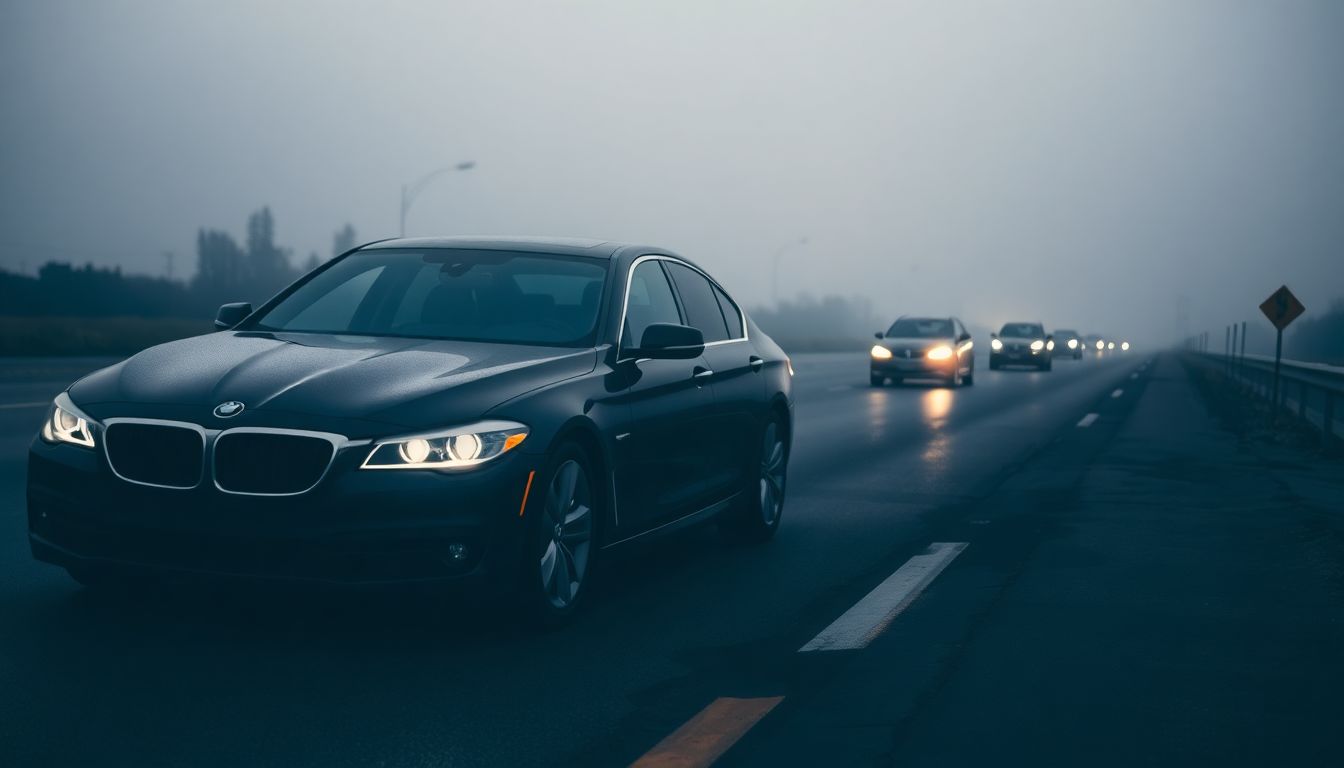Did you know that the average American pays upwards of $1,600 for car insurance each year? That’s quite a penny! But it isn’t determined randomly. A lot of factors actually go into how much you will be shelling out for your automobile. Residence varies drastically. This article opens up the conversation to states where car insurance price tag the most. It is going to tell us why those are given such high rates and give us tips for lowest own bills.
Most Expensive States for Car Insurance
There are some states whose car insurance rates are very much higher than other states. Here is a brief list of the states where drivers are paying the highest average per annum:
- Louisiana
- Michigan
- Florida
- California
- Georgia
- Maryland
- Nevada
- Texas
- Oklahoma
- Delaware
These numbers vary, so it is best to check the latest data.
Michigan: A Case Study
At one time, Michigan was the state with the most expensive car insurance in the nation. No-fault insurance meant that one’s own insurance, not the responsible party’s coverage, would pay for injuries incurred in an accident. Because of the way the existing system was set up, prices soared. Reform to the system has begun recently. These changes are all intended to lower the amount, but only time will indicate the full effect of such reforms.
High-Cost States Such as Louisiana, California, and Florida
Louisiana is well known for expensive car insurance. This is not just because of that ability to take up space in the list of a myriad of factors related to uninsured motorists, but also has an alarming rate of accident resulting lawsuits. Florida, California, and other high-population states also tend to be such ‘accident farms’-the more people, the more accidents, plus the factor that adds up cost for disasters such as hurricanes, which also intently affect other areas of insuring.
What Causes Increased Costs of Car Insurance
These companies look at many things while deciding on what amount you pay. Some of them include the following:
State Specific Regulations and Laws
Some states require more coverage than others. States with no-fault laws tend to have a higher average premium. These laws can end up affecting how much you pay very largely. For instance, say that a state requires you to have a net amount of personal injury type protection—with that alone, costs might soar.
Population Density and Urbanization
Cities have more cars. This means greater chances of collisions. When it becomes a crowded place, it automatically tilts to the side of a higher cost for insurance. More cars mean more traffic, which means more claims that insurance companies will have to pay.
Weather and Natural Disasters
Insurance rates will be higher in areas where hurricanes or floods occur. Many payouts are incurred by insurers due to such disasters. Hence, they would pass the costs to their clients. Even hail storms can do a lot of damage and increase rates.
Litigation and Uninsured Drivers
When lawsuits after accidents rise to many, insurance costs rise as well. Besides, lots of uninsured drivers increase the burden of insurance costs on others. Insurance companies would usually make up for these losses by charging higher premiums.
Who’s the Most Likely to be Paying a Higher Premium on Car Insurance?
Some groups of people tend to pay more for car insurance than others. Let’s check out the causes.
Age and Driving Experience
Young drivers usually pay the maximum rates. They are so close to learning how to drive that the tendency of most young people is even higher than being involved in accidents.
Driving Record
Whenever you incur an accident and traffic ticket, insurance tends to go up on you. Just even one speeding ticket can really turn things around very much. Generally, free records help you in keeping costs down.
Credit Score and Its Impact on Insurance
Believe it or not, your credit score can really affect your insurance rates. Credit scores will usually hammer your insurance rate because insurers state that people with lower credit scores tend to file a higher number of claims. Some people fight about the unfitness of using credit scores. Still, in many states, it plays a part in what you pay.
Strategies to Save on Car Insurance
Want to decrease your car insurance bill? Here’s how.
Shop Around and Compare Quotes
Don’t just fall for the first insurance company you find. Instead, go from one insurer to another and collect quotes from many different insurers. It is easy to sort these by using an online comparison tool.
Raise Your Deductible
It is how much you are going to spend before and when the insurance kicks in. Premiums tend to be smaller once you raise your deductible. Just make sure you can afford to pay that higher deductible if you have an accident.
Bundle Insurance Policies
Many companies offer discounts if you bundle your car insurance with home or renters insurance. Check to see if you can save bucks by getting multiple policies at one company.
Go for Discounts
Contact your insurance company and inquire about the discounts available. You might also be able to take advantage of some discounts for being a safe driver while being also a good student or member of the military. Count miles that you drive since even that factor does have the ability to affect your rates.
Conclusion
The costs of car insurance vary widely depending on the state in which you reside and the specifics of your personal situation. Factors like state laws, population density, and even the weather play a role. There’s a lot you can do to save on money when it comes to car insurance, and mostly it involves shopping around, taking advantage of discounts, and improving your credit to save even more. Being informed and proactive is the best way to manage insurance costs.




